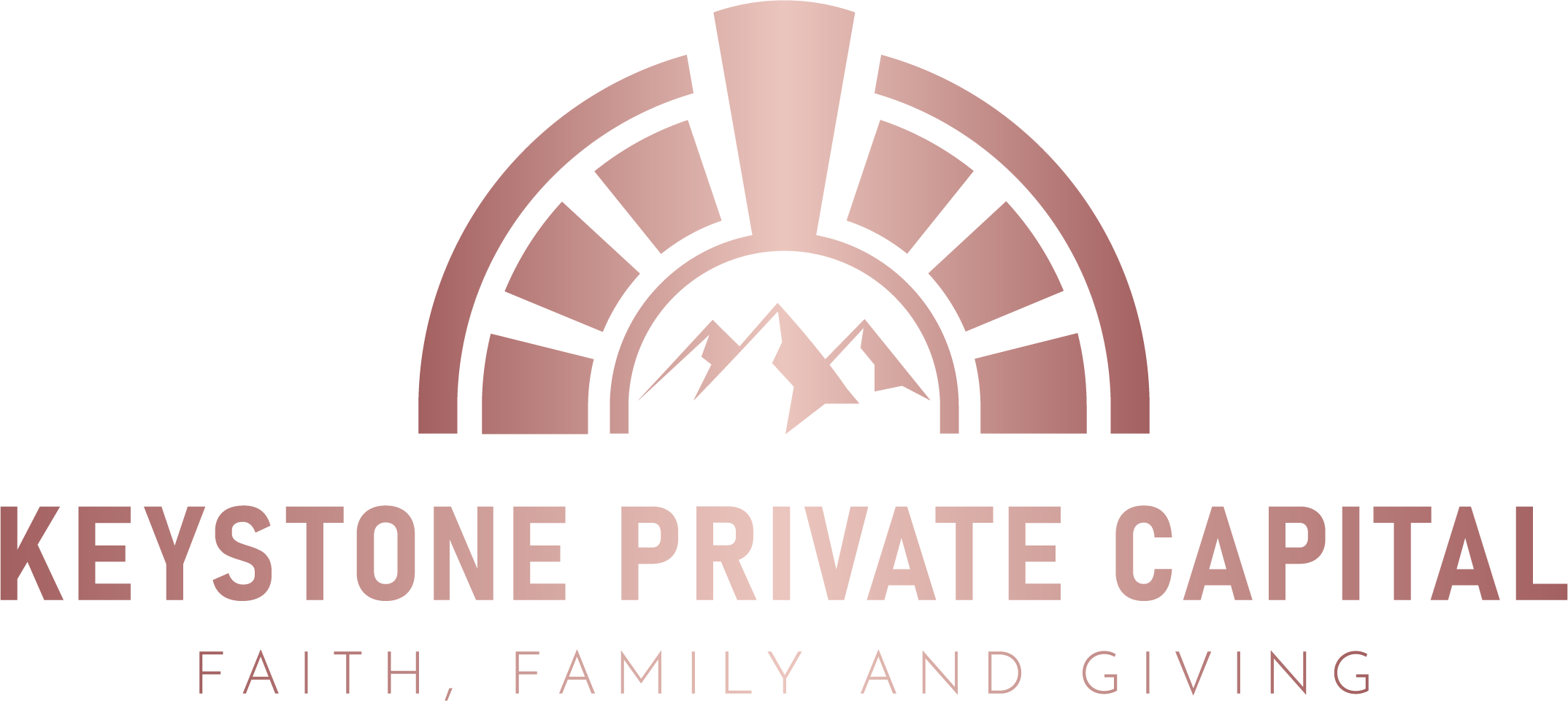Value-add investing is a strategy where investors acquire commercial properties that have untapped potential and make improvements to increase their value. These properties may have a good location or a solid tenant base, but require physical improvements or management changes to achieve their full potential.
-
Benefits of Value-Add Investing
Higher Potential Returns Value-add Investments offer higher potential returns than stabilized properties because of the opportunity to add value. The goal is to increase the net operating income of the property, which translates into higher cash flow and appreciation upon sale. It’s important to consider potential returns when making investment decisions to ensure the investment aligns with financial goals. Common struggles investors face when trying to achieve higher returns include lack of experience, knowledge, or capital.
-
Ability to Add Value through Improvements
Value-add investing involves making improvements to the property to increase its value. These improvements can include renovations, upgrades, or repositioning the property to attract higher quality tenants. Adding value maximizes the returns on the investment. However, common struggles investors face when making improvements to properties include lack of resources, time, and expertise.
-
Diversification of Real Estate Portfolio
Investing in value-add properties can diversify a real estate portfolio, reducing risk and increasing returns. Investors can diversify by location, asset type, or investment strategy. It’s important to diversify to minimize risk and maximize returns. Common struggles investors face when diversifying their portfolio include lack of knowledge, access to opportunities, or capital.
-
Value-Add Investment Strategies
Improving the Physical Condition of a Property:
Improving the physical condition of a property can increase its value. Investors can upgrade the building’s exterior, interior, or common areas to attract higher quality tenants and increase rents. However, it’s important to assess the potential return on investment before making any improvements to ensure the investment is profitable. Common struggles investors face when improving a property’s physical condition include lack of resources, expertise, or knowledge.
Improving the Tenant Mix of a Property
Attracting high-quality tenants can increase a property’s value. Investors can improve the tenant mix by leasing to credit-worthy tenants with strong business plans. The goal is to increase rents and reduce tenant turnover. It’s important to attract the right tenants to maximize returns. Common struggles investors face when improving a property’s tenant mix include lack of knowledge, experience, or marketing resources.
Repositioning a Property Repositioning
A property can increase its value by changing the use or improving the management of the property. Investors can reposition properties by changing their asset class, such as converting a hotel into apartments, or by improving management to increase efficiency and reduce expenses. It’s important to identify the right properties for repositioning to maximize returns. Common struggles investors face when repositioning a property include lack of knowledge, experience, or access to financing.
Value-add investing offers higher potential returns, the ability to add value through improvements, and diversification of a real estate portfolio. Investors can improve the physical condition of a property, improve the tenant mix, or reposition the property to increase its value. Keystone Private Capital can help investors achieve their real estate investment goals through value-add investing by providing access to off-market deals, experienced asset management, and a diversified portfolio of investments.
Follow us!
Keystone Private Capital on Facebook
Keystone Private Capital on LinkedIn
Checkout our podcast – Taking the Leap into Commercial Real Estate

